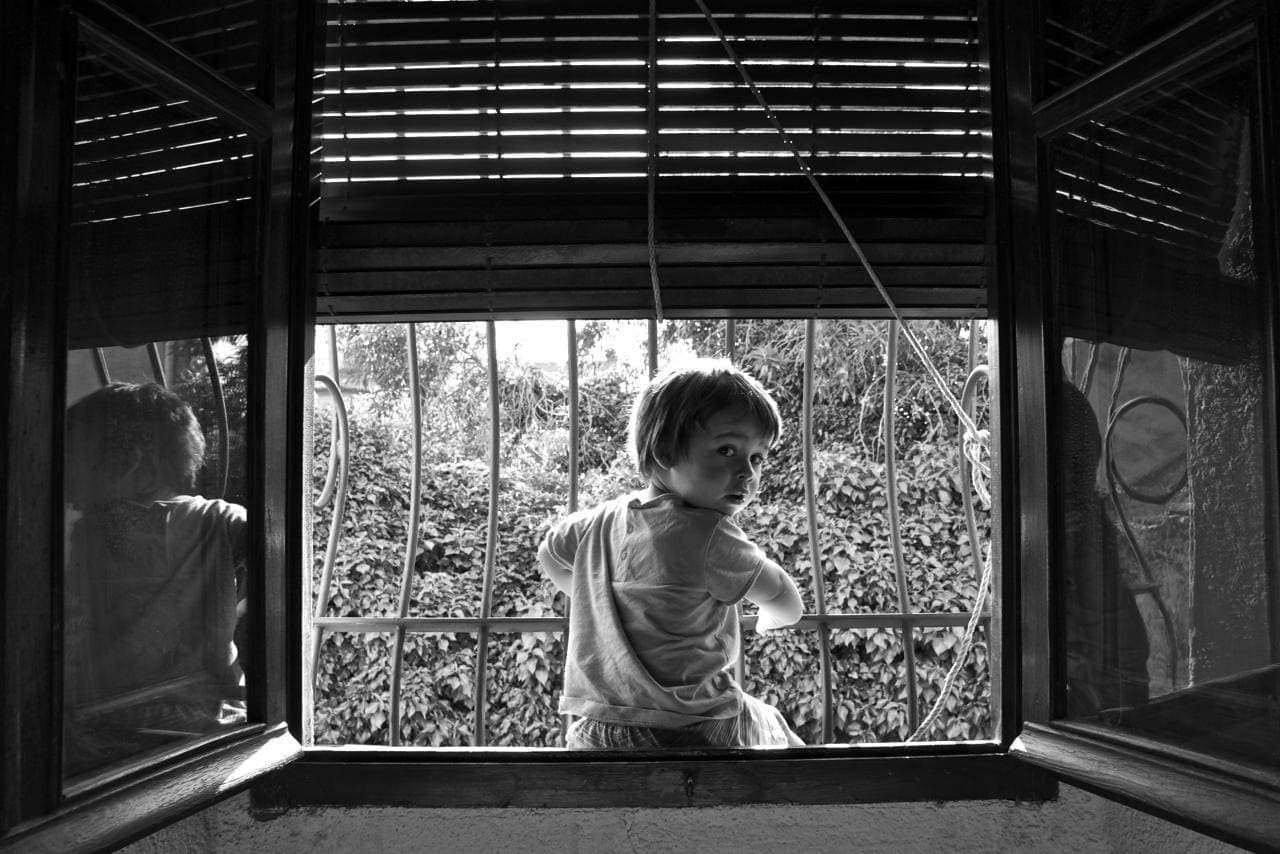In this blog we have talked many times about the importance of flash, how to improve your photos with this tool and the need to use it in the studio and especially on a professional level, however, there is another tool much more powerful, eternal or ephemeral, in the terms we talk about, but just as powerful: natural light. Sometimes we focus too much on image quality, sharpness, etc. ?and we forget that natural light offers us wonderful results if we know how to play with it. Yes, it’s true, sometimes you don’t have that light and you have no choice but to use the flash, but what if you can have it?Would you know how to use it to get amazing photos?Read on and you’ll learn many tricks to control something as beautiful as sunlight.
The first and most important thing is that you know the four most important aspects of light and learn how to handle them to get the best results or at least the desired results.
A) Direction: The light can be front, side, airy or rear, let’s see them one by one.
B) Intensity: there are two factors to consider, the first is to check if there is the necessary light to adjust the aperture of the diaphragm and the desired shooting speed, the second, does this light give us the environment we are looking for? Our photography? You should know that you can play with the intensity of the light you have and modulate it according to your wishes. Here are some tips: if you are inside, you can move the subject closer to or further away from the source depending on how much light you want it to receive, you can also place a curtain plain white on the window or door, or use tissue paper or any other diffuser. Outside, look for shadows or objects that can reduce the excess light that bothers you, or, on the contrary, use reflectors as fill if necessary.
C) Quality: in many cases the amount of light is not as important as the quality of it, and this is measured according to your preferences, what you expect from this image, there are two types of lights: soft or hard. light is what causes high contrasts and well-defined shadows, bringing more drama to the scene. Soft light, on the other hand, produces much softer shadows.
D) Temperature: you probably already know what I mean, otherwise don’t worry, I’ll explain it, the temperature refers to the color that predominates in an image over the rest (anyway), if an image has more reddish or orange temperature, it will transmit heat, unlike if the color temperature tends to blue, which causes us a cooler feeling , how can you control that factor?Well, in two very simple ways, one with the white balance of your camera, the other enjoying the light of the first or last hours of the day, or intermediate hours, the sunset and the sunrise give us more orange, pink or golden lights, while at the end of the morning or in the beginning of the afternoon we get the opposite result. Another trick is to use filters, color diffusers or reflectors.
If you master these four aspects I just mentioned, you’re almost an expert!Anyway, here are some tips and tricks so you can get these amazing photos without resorting to flash or other artificial lights:
1. Si’re inside, look for a !!! window: it says window, says skylight, door or any element that lets in light from the outside.
2. Play with window shadows: blinds or other elements can sometimes create very attractive shadows.
3. Study the light: if you know how light behaves in a given space, it will help you to know when is the perfect time to get the image you want. 4. Plan your activity around light: We have already mentioned that light changes throughout the day. Think about the effect you want to achieve and schedule your session at the perfect time. 5. Do you get the necessary equipment: filters, diffusers, reflectors? Doesn’t the fact that you don’t use artificial light mean you can’t use these accessories? 6. Shoot in RAW mode: it will be easier for you to make the necessary adjustments on your computer, if you don’t know what I mean, read this. 7. Photography from different angles: this way you can check the effects of light on your subject and choose the one you like best. (Baby photography tip: use an ottoman or cushion and you can move it around without them knowing!). 8. Increase ISO: If there is not enough light, you can increase the ISO value of your camera, but remember that the higher the ISO, the more noise your image will have. 9. Larger Aperture Aperture – Remember that the larger the aperture, the more light will enter. 10. Use a tripod: If the subject is still or if you can, slow the shutter speed, this will require a tripod that prevents the photo from moving (ie moving). Here is a selection of tripods that Mario recommends.
Try to put all these tips into practice and you’ll see the excellent results that natural light can offer. Believe me, her beauty is nothing like the flash. To say goodbye, I’ll leave you with a few examples, has it helped you?At the end of the article, there is a voting/recommend button on Facebook, Twitter and Google, in case you would have liked it.

